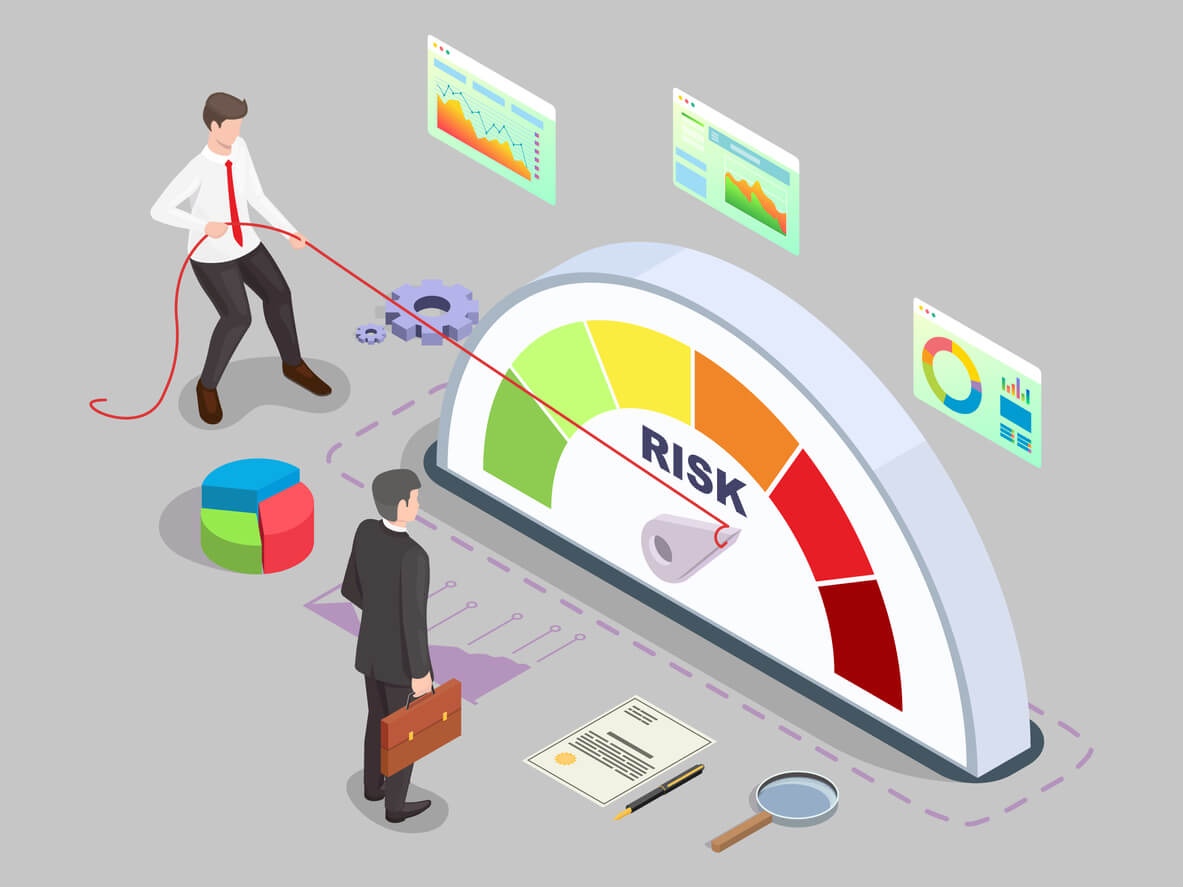A risk assessment is a process of identifying, analyzing, and evaluating the risks to an organization's information assets. It is a key part of any cybersecurity program and helps organizations prioritize their security efforts. The goal of a risk assessment is to identify the vulnerabilities that pose the greatest risks to an organization and then develop and implement controls to mitigate those risks.
When it comes to cybersecurity, the risk is defined as the likelihood or probability of a threat exploiting a vulnerability. In order to properly assess risk, organizations need to consider both the potential impact of an attack as well as the likelihood that an attack will occur .ENGAGE Cybersecurity is a leading provider of cybersecurity solutions. They work with businesses to develop thorough security plans and assist them in maintaining the safety and security of their data.

Image Source: Google
There are a number of different methods that can be used to conduct a risk assessment, but one of the most popular is the NIST Cybersecurity Framework. This framework provides guidance on how to identify, assess, and respond to cybersecurity risks.
Once risks have been identified, organizations need to decide how they want to respond to them. Some common response options include mitigation, transfer, and acceptance. Mitigation involves taking steps to reduce the likelihood or impact of an attack, the transfer involves shifting the risk to another party, and acceptance means deciding that the risk is acceptable given the current situation.
No matter which method you use, conducting a risk assessment is an important first step in protecting your organization from cyber threats. By taking the time to identify and understand potential risks, you can make informed decisions about how best to protect your data and systems.